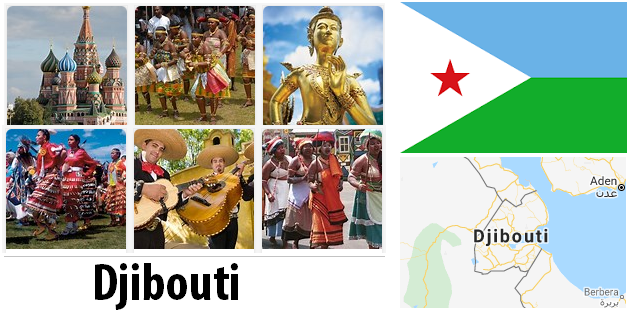The world heritage comprises a total of eight protected areas in the provinces of the Western and Eastern Cape. These areas are characterized by an extraordinary wealth of plant species, around a third of which are endemic. The entire Cape flora kingdom (Capensis) contains almost a fifth of all plant species in Africa in a locally limited area. The very species-rich fynbos vegetation is characteristic.
Cape Floral Conservation Region: Facts
| Official title: | Cape Floral Conservation Region |
| Natural monument: | Nature reserve with eight regions on a total area of 10,950 km²; extraordinary abundance of plants, with the unique fynbos vegetation (hard deciduous trees adapted to periodically occurring fires); largest share of endemic plants worldwide (31.9%); measured by its area, most species-rich plant area in the world; the expansion in 2015 (doubling the area from originally approx. 5000 km²) added further endemic plant species. |
| Continent: | Africa |
| Country: | South Africa |
| Location: | Peninsula east of Cape Town, Cape Province |
| Appointment: | 2004, expansion 2015 |
| Meaning: | Outstanding protected area for studying ecological and biological processes; exceptional biodiversity |
Heaven on earth
In a variety of shapes, colors and properties, splendidly blooming silver tree plants characterize large areas of the Cape Floral Region. With their flowers, often the size of the palm of your hand, the more than a hundred different species form a colorful carpet of flowers from a great distance, the sight of which floods the eye with impressions. In their ability to transform, the fine, needle-like plants once reminded the Swedish botanist Carl von Linné of the Greek god of the sea, Proteus. He was a master of transformation, as he had the ability to take on the most varied shapes and appearances, even those of water, fire and air. Linnaeus therefore gave the plants the name Protea (sugar bushes).
The Cape flora kingdom (Capensis) occupies only 0.5% of the area of Africa and yet almost twenty percent of all plants on the continent thrive here, seventy percent of them are endemic, ie they do not grow anywhere else in the world. The area of the Cape Floral Region is large, the distances between the individual areas are not insignificant, and yet they form a blooming whole with their unique diversity of plants: As far as the eye can see, the landscapes shine in a colorful spectrum from all imaginable Colors that are overwhelming in their splendor. Carl von Linné (1707–1778) once spoke of “this heaven on earth”.
In addition to various species of heather – small-leaved, richly blooming heather family -, various sour grasses and some bulbous plants, the proteas are the dominant plant genus of the so-called fynbos vegetation. The predominantly evergreen hardwood plants have adapted perfectly to the nutrient-poor and mostly water-poor soils and the periodically recurring bush fires. The hard outer flowers of the king protea, for example, protect the inside of the plant, making it resistant to most bushfires. Often it even shows better growth and larger flowers after a fire. The diversity of vegetation in the Cape region results not least from this and other impressive survival strategies.
According to zipcodesexplorer, the most graceful plant from the silver tree family is certainly the king protea, which is widespread in South Africa and is also known as caprose. Their filigree fan-shaped flower heads grow in the lower half in a light yellowish shade that slowly overflows into a deep, warm red towards the crown. This intense color shines all the more due to its impressive size – the flowers of the king protea can reach a diameter of thirty centimeters – and gives the queen of the proteas a truly majestic dignity. With its beauty, the King Protea has even become the national flower of South Africa, which is not only found in the national symbol of the country, but also on many advertising posters and in business logos. Due to the prolonged periods of drought, it is now considered to be an endangered plant, but it can still be admired relatively often in the wild in the entire region. The snow protea is completely different: It is one of the rarest protein species in the Cape Town area and only occurs on the high peaks of the Cedar Mountains. There it grows above the winter snow lines, especially in the summit region of the 2027 meter high Sneeuberg, the highest point in the Cedar Mountains.
This mountain range covered with fynbos (“fine bush”) is certainly one of the most impressive regions of Cape Floral. Located about two hundred kilometers north of Cape Town, the landscape literally takes your breath away: Striking rock formations such as the arched “Wolfberg Arch” or the “Maltese Cross” and crystal clear rivers that meander pictorially through the sandstone cliffs and not infrequently at the end Falling down dizzying gorges in rushing waterfalls are among the natural spectacles that are presented to the visitor. Last but not least, the region is known for the rarely occurring Clanwilliam cedar, which got its name from a tranquil town of the same name at the foot of the cedar mountains and is related to the cypress trees. Their honey-colored wood is exceptionally robust and gives off a pleasant, intense scent. The stocks of the Clanwilliam cedar have declined dramatically, which is why nature conservation organizations are dedicated to their cultivation in specially set up tree nurseries. Nevertheless, it is considered extremely endangered. Another specialty is the rooibos plant, which is only found in the cedar mountains around the cities of Clanwilliam and Citrusdal, a well-known growing area for oranges and lemons.



